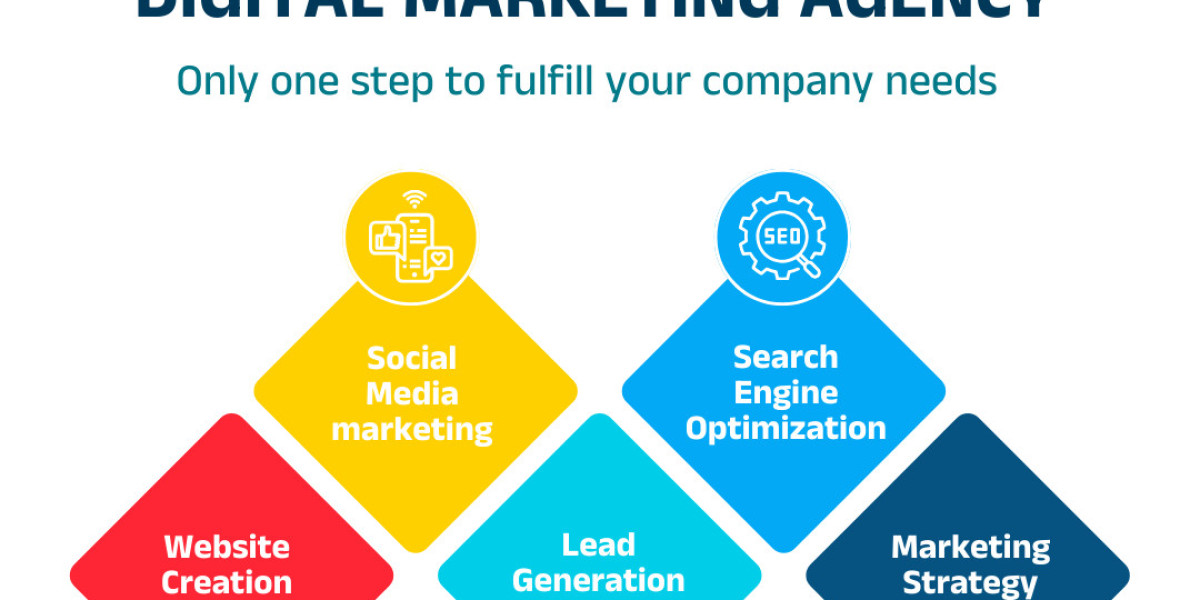Whether it's a sudden toothache, a knocked-out tooth, or a broken crown, knowing how to handle a dental emergency can make all the difference in preserving your oral health. In this article, we'll explore expert tips for managing dental emergencies and when it's time to call an emergency dentist for immediate care.
1. Identify the Type of Dental Emergency
The first step in handling a dental emergency is determining what type of issue you're dealing with. Some common dental emergencies include:
- Severe toothache: This could be due to decay, infection, or an abscess.
- Knocked-out tooth: Trauma or an accident can dislodge a tooth.
- Chipped or broken tooth: A crack or break in the tooth due to injury or biting down on something hard.
- Lost filling or crown: Dental restorations can come loose or fall out, leaving the tooth vulnerable.
- Abscess or swelling: Infections can cause painful swelling and may require immediate treatment.
By identifying the issue, you can take the appropriate next steps to minimize damage and get relief.
2. Stay Calm and Assess the Situation
Dental emergencies can be stressful, but staying calm is key. Panicking may prevent you from thinking clearly and could make the situation worse. Take a moment to assess the severity of the issue and determine if you can manage it at home temporarily or if you need to seek professional care right away.
3. What to Do for a Severe Toothache
A severe toothache is often a sign of infection, decay, or an abscess. While you may be tempted to wait it out, persistent tooth pain should not be ignored. Here's what to do:
- Rinse with warm salt water: This can help cleanse the area and reduce inflammation.
- Use over-the-counter pain relief: Ibuprofen or acetaminophen can help manage pain until you can see a dentist.
- Apply a cold compress: If there is swelling, applying a cold compress to the outside of your cheek can reduce pain and swelling.
When to call an emergency dentist: If the pain persists for more than a few hours, if you have swelling, or if you notice a foul taste or discharge from the tooth, you may have an abscess, which requires immediate care to prevent the infection from spreading.
4. Handling a Knocked-Out Tooth
A knocked-out tooth is one of the most urgent dental emergencies. The sooner you act, the better the chances of saving the tooth.
- Pick up the tooth by the crown: Avoid touching the root to prevent further damage.
- Rinse the tooth: Gently rinse the tooth with water to remove dirt but avoid scrubbing it.
- Try to reinsert the tooth: If possible, carefully place the tooth back into its socket and hold it in place with gauze.
- Keep the tooth moist: If you can’t reinsert it, place the tooth in milk or a tooth preservation solution.
When to call an emergency dentist in Docklands: A knocked-out tooth should be treated within 30 minutes to an hour for the best chance of saving it. Call an emergency dentist immediately for an appointment.
5. Dealing with a Chipped or Broken Tooth
A chipped or broken tooth can happen from biting down on hard foods or due to trauma. Depending on the severity, this can cause pain and sensitivity.
- Rinse your mouth: Use warm water to clean the area and remove debris.
- Save any broken pieces: If possible, save any tooth fragments and bring them to your dentist.
- Cover sharp edges: If the broken tooth has sharp edges, use dental wax or sugarless gum to protect your mouth from cuts.
- Apply a cold compress: This can reduce swelling and discomfort.
When to call an emergency dentist: If the tooth is causing significant pain, has a large break, or you see a crack extending toward the root, seek emergency care as soon as possible.
6. What to Do if You Lose a Filling or Crown
Losing a filling or crown can leave your tooth exposed and sensitive, increasing the risk of infection or further damage.
- Use dental cement: Temporary dental cement (available at most drugstores) can protect the tooth until you can see your dentist.
- Avoid chewing on the affected side: This helps prevent further damage to the tooth.
- Keep the crown safe: If your crown has come off, keep it in a safe place and bring it with you to the dentist.
When to call an emergency dentist: You should have a lost filling or crown replaced as soon as possible to protect the tooth from further damage or decay.
7. Managing an Abscess or Swelling
A dental abscess is a pocket of pus caused by an infection and can lead to severe pain, swelling, and even fever. This is a serious condition that can spread if left untreated.
- Rinse with salt water: This may help reduce discomfort and cleanse the area.
- Use pain relievers: Over-the-counter pain medication can help manage symptoms until you see a dentist.
When to call an emergency dentist: An abscess requires immediate professional treatment. Delaying care can lead to complications, such as spreading infection, bone loss, or tooth loss.
Conclusion
Knowing how to handle a dental emergency can save your tooth and alleviate pain quickly. For severe cases like knocked-out teeth, abscesses, or broken teeth, it's important to seek help from an emergency dentist as soon as possible. While temporary home remedies can provide some relief, they are not a substitute for professional care. If you're unsure about the severity of your dental issue, it's always best to err on the side of caution and contact a dentist in Docklands for advice or an emergency appointment.
A quick response and the right care can make all the difference in preserving your smile and avoiding long-term damage.



